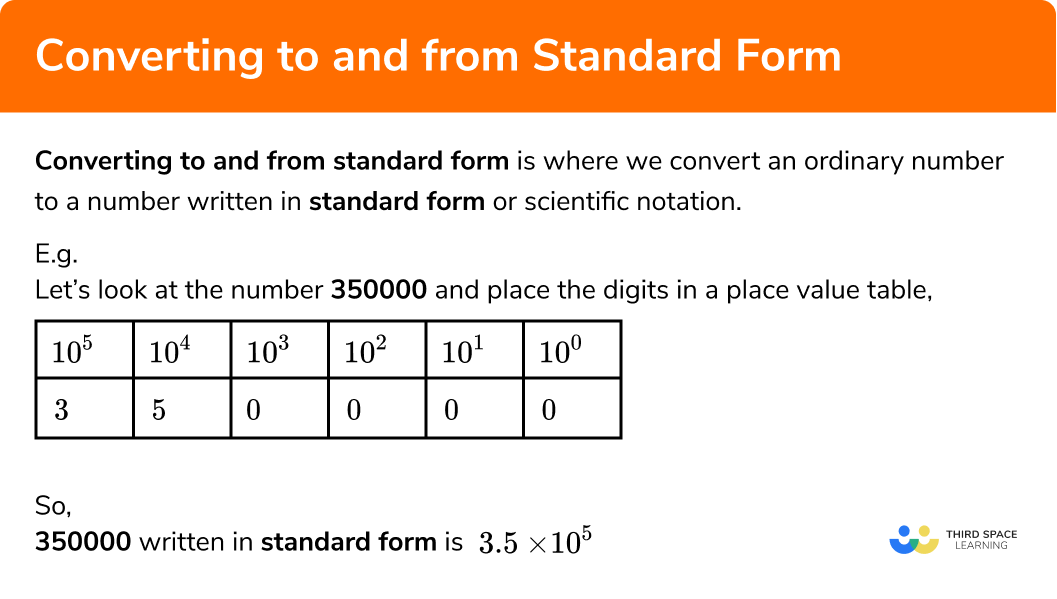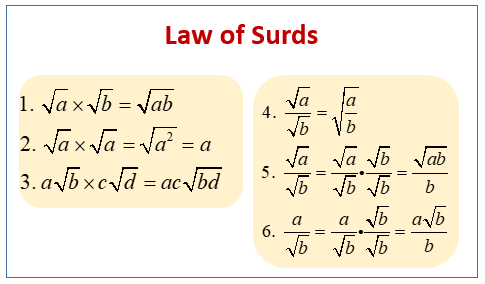RESOURCES
This is an affiliate link. If you click the link and buy the product, then the blogger gets a percentage of the sale or some other type of compensation. Prices are not different if you use these affiliate links. You will not pay more by clicking through to the link.
SQUARES, CUBES AND ROOTS
Powers refer to the repeated multiplication of a number by itself. For example, 4^2 means multiplying 4 by itself, resulting in 16. Similarly, 4^3 means multiplying 4 by itself three times, equating to 64. Squares involve two repetitions, while cubes involve three. These concepts make it easier to handle repeated multiplications in a compact form.
An interesting factor about squares and cubes is their behavior with positive and negative numbers. The square of any number, whether positive or negative, is always positive. In contrast, the cube of a positive number remains positive, while cubing a negative number results in a negative value. This happens because multiplying an odd number of negative factors together yields a negative product.
Square roots present a way to reverse the squaring process. Every positive number has two square roots: one positive and one negative (e.g., the square roots of 9 are 3 and -3). Mathematicians typically use the square root symbol (√) for the positive root, making it the most recognized. On the flip side, negative numbers don’t have real square roots because you can’t square a number and get a negative result.
In contrast, every number has exactly one cube root, which can be positive or negative. The cube root symbol (∛) is used for this purpose. For example, the cube root of 27 is 3, while the cube root of -27 is -3.
Understanding these basics about powers and roots is crucial as they form the building blocks for more complex mathematical concepts. Mastering these will enhance your problem-solving skills and mathematical fluency.

INDICES AND INDEX LAWS
Index notation provides a clear method to convey repeated multiplication. For instance, instead of writing 2 x 2 x 2, you can simply express it as 2^3. This is read as ‘2 to the power of 3’, and it simplifies notations significantly especially when dealing with large or tiny numbers.
Understanding and applying index laws are vital in simplifying expressions and solving equations. There are several key rules you should know: When multiplying powers with the same base, like a^m x a^n, add the exponents (a^(m + n)). When dividing, subtract the exponents (a^m / a^n equals a^(m – n)). If raising a power to another power, multiply the exponents ((a^m)^n becomes a^(m x n)). And remember, any number to the power of one (a^1) remains the same, while anything to the power of zero (a^0) equals one.
Negative and fractional indices come in handy to simplify even further. A negative exponent means taking the reciprocal of the base raised to the corresponding positive exponent. So, a^(-m) equals 1/(a^m). Fractional indices denote roots; for example, a^(1/m) represents the mth root of a. Grasping these rules can help manage complex operations more efficiently.

STANDARD FORM
Standard form, or scientific notation, streamlines working with very large or tiny numbers. It’s expressed as A x 10^n, where A is a number between 1 and 10 (but not 10 itself), and n is an integer. To add or subtract numbers in standard form, ensure the powers of 10 match before performing the operation. This form not only simplifies calculations but also aids in comparing magnitudes of numbers quickly.

SURDS
Surds are another interesting aspect of roots. A surd is an irrational root that can’t be precisely expressed as a fraction or decimal. For instance, the square root of 2 is approximately 1.4142135…, which goes on indefinitely. When dealing with surds in equations, you often leave the answer in its surd form for precision. Simplifying surds involves using specific rules: The square root of a times the square root of b equals the square root of a times b. Similarly, the square root of a divided by the square root of b equals the square root of a divided by b. These rules help in making the expressions under the root smaller or eradicating the root entirely.
Rationalizing the denominator is another handy technique. This involves multiplying the numerator and the denominator by a surd to eliminate the surd from the denominator. For example, to rationalize 1/√2, multiply the numerator and the denominator by √2 to get √2/2. Practicing these techniques will enhance your ability to manage surds effectively, making your mathematical operations smoother and more precise.

CONCLUSION
Powers and roots are fundamental concepts in mathematics that help simplify complex calculations and express large numbers concisely. When dealing with these concepts, it’s important to grasp their basic properties as they form the foundation for advanced mathematical operations.


No responses yet